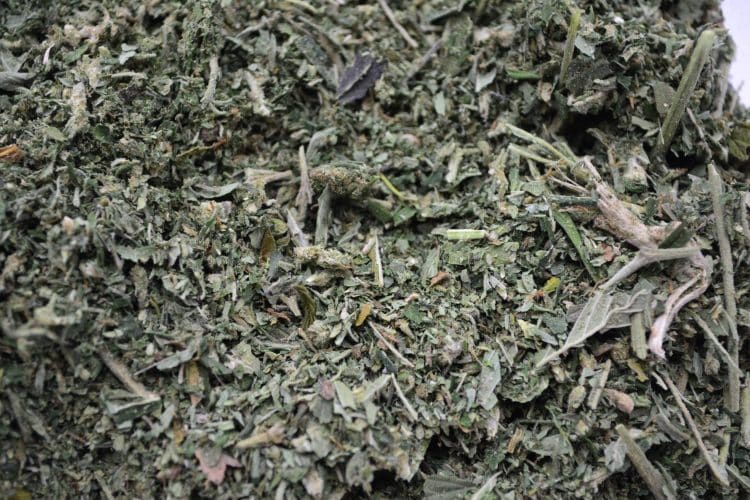As you may know, hemp is widely celebrated for its diverse applications, and those possibilities don’t simply go away once the plant has gone through extraction. Instead of simply discarding raffinate, which is the post-extraction spent hemp biomass, extractors should make the most of its diverse potential. This is equally so for waste biomass like stalks that typically aren’t put into extractors, since the extraction cannabinoid yields would be significantly lessened.
Not for Food
Before we go into what you can do with raffinate, let’s stress a specific thing you can’t do with it — eating. For some reason, food plant matter has managed to make its way under the umbrella term biomass (which includes raffinate), but Ask A Hempster host Carell, also known as Carl Lehrburger, believes this is wrong.
“Typically, ‘biomass’ refers to non-food plant matter, including hemp and corn stalk residues, straws like wheat straw, coconut husks and seed hull, and woody biomass, which are all distinguished from the hemp flower and hemp seed, corn, and wheat kernels,’’ he tells Cannabis Tech.
Carell’s word comes from years of experience in converting biomass into valuable bio-products. With his company PureVision Technology, Inc., founded in 1992, he is now using a new biomass conversion technology which “rapidly turns biomass [hemp] into three intermediate biomass materials: cellulose (fiber and pulps), lignin (20% of the stalk), and sugars (the two primary sugars in the stalk are xylose and glucose).”
Fuel
The “bio” in the name is not some weird gimmick — biomass is natural material. On top of that, hemp is a fast-growing plant, which makes raffinate a renewable source of energy and the best kind at that — the kind that soaks up the sun’s energy through photosynthesis. When biomass is burned, all this energy is harnessed and channeled into heat.
Therefore, after extraction, raffinate makes for great biofuel (for direct heating as pellets or after conversion to biofuel at a refinery). Even though it’s not without its caveats, it can generally either be used directly or sold and is currently being explored by different companies.
Mulching
Being natural material, raffinate is inherently perfect for mulching raffinate’s most straightforward application, and it’s a no-brainer option, especially if you don’t have enough to bother trying to sell it.
Mulching and composting help the soil in various ways, from helping it hold more moisture, to enriching the ecosystem with beneficial bacteria, fungi, insects, etc., to stimulating the production of nitrogen and other minerals.
Other Applications
Raffinate can also be used in various industries, which span textiles/garments like rope or twine or clothing, building materials, and animal bedding. BMW makes cars that contain hemp. Province Brands in Canada is using cannabis waste for making evolved beer. [1] The innovative company 9Fiber specializes in using hemp (and cannabis) waste saying “a variety of products can made out of cannabis and hemp fiber including clothing, shoes, bags, netting, cordage, carpet, canvas, geotextiles, biocomposites, nonwovens, compression moulding, filters, and graphene.” The company also makes paper.
The Bottom Line
Hemp raffinate is good for many things, and simply throwing it out is basically equivalent to throwing money and materials out the window. Know some other applications for those piles of raffinate? Let us know in the comments below.
Reference
- Murataeva, N. “Evolved Beer from Real Cannabis,” Terpenes & Testing Magazine, July-August 2019.
Image Credits: Green State Gardener












